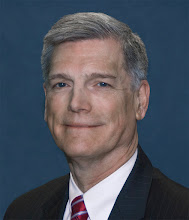As the Electric Power Research Institute (EPRI) and others have documented, solving the energy-environment challenge today requires contributions from every sector and pursuit of all options. For a perspective on one of those options, carbon capture and storage (CCS), read the piece by Jeff Goodell in the Yale Environment 360 blog. Goodell summarizes a few of the challenges in moving CCS from concept to commercial scale operation. On the size of sequestration facilities needed, Goodell says:
Right now, there are three major carbon capture and storage projects in operation in the world (at one of the projects in Saskatchewan, Canada, the CO2 is used to enhance oil and gas recovery; storing the CO2 is secondary). The most significant is the Sleipner Platform in Norway, where StatoilHydro, a big Norwegian oil and gas company, has been pumping nearly one million tons of CO2 into a reservoir beneath the North Sea each year since 1996. It is an enormous engineering project, deploying one of the largest offshore platforms in the world. But compared to the engineering effort that would be required to stabilize the climate, it's nothing. It would take 10 Sleipner-size CO2 storage projects to offset the annual emissions of a single big coal plant.He also discusses the potential environmental effects of underground storage of such quantities of CO2 and the legal and institutional framework needed to handle liabilities if escaping CO2 harms people nearby. Makes building a new nuclear plant sound simple by comparison.

Comments
G.R.L. Cowan, H2 fan 'til ~1996